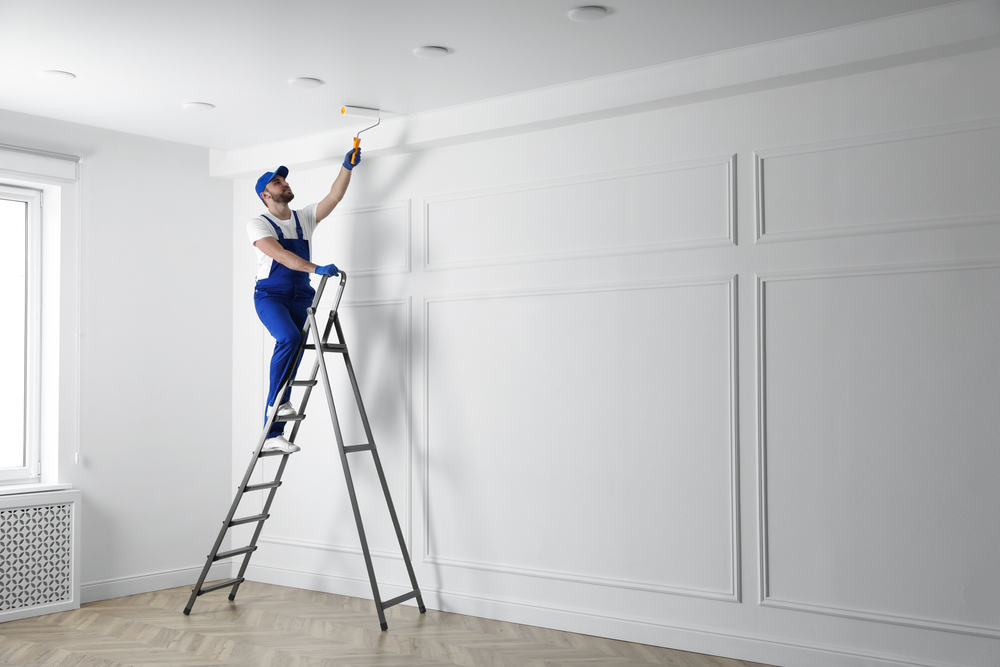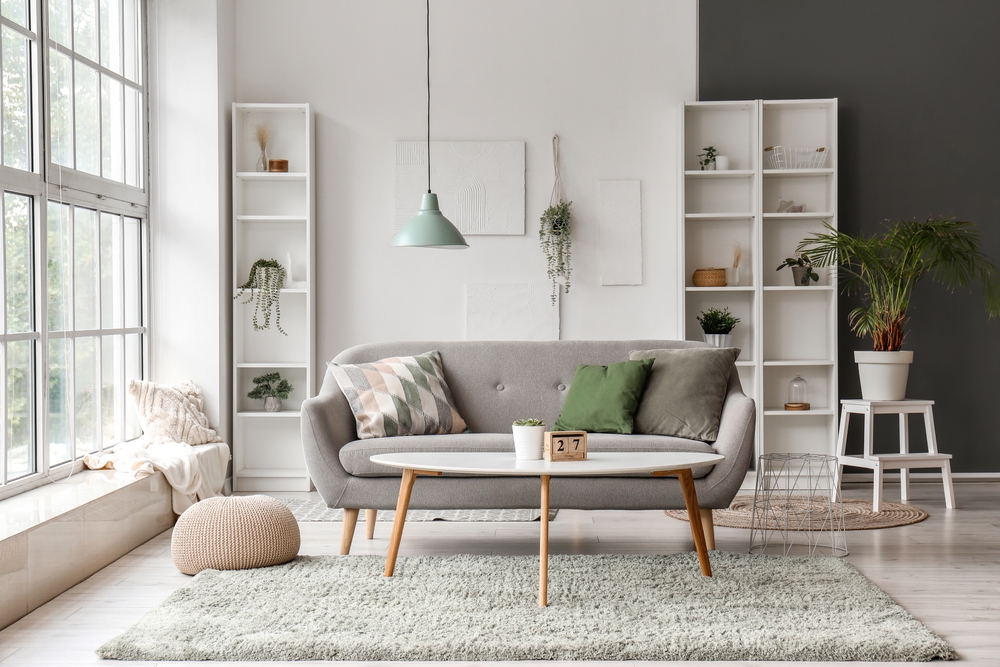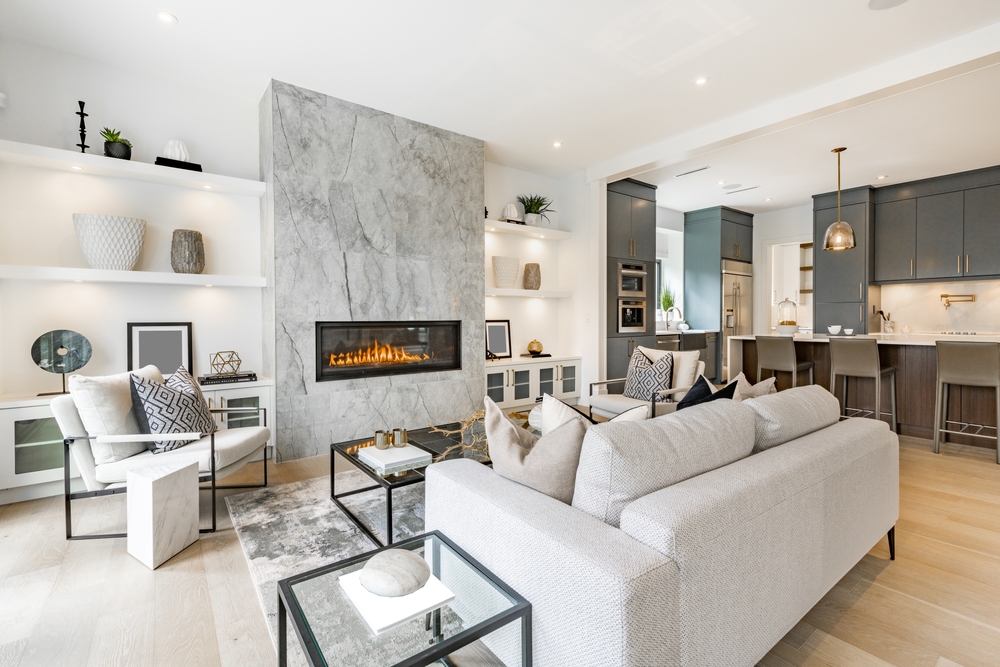Why John’s Painting Group is the Best House Painting Company in Sydney
When it comes to house painting in Sydney, homeowners seek a company that delivers quality, reliability, and professionalism. At John’s Painting Group, we take pride in providing top-notch painting services that enhance the beauty and value of homes. With years of experience, a skilled team, and a commitment to excellence, we have established ourselves as the best house painting company in Sydney. Here are ten reasons why we stand out from the rest.
1. Expertise and Experience
With decades of experience in the painting industry, our team has the knowledge and skills to handle all types of house painting projects. Whether it’s interior or exterior painting, we ensure precision and perfection in every job.
2. High-Quality Materials
We use only premium paints and materials from trusted brands to ensure a long-lasting and flawless finish. Our selection includes eco-friendly and low-VOC options, making our services safe for families and the environment.
3. Professional and Skilled Painters
Our team consists of trained and certified painters who are passionate about delivering top-quality results. Their attention to detail and craftsmanship ensure that every painting project meets the highest standards.
4. Customised Painting Solutions
We understand that every home is unique, which is why we offer tailored painting solutions to match the specific needs and preferences of our clients. From color consultation to specialized finishes, we provide a personalized experience.
5. Comprehensive Preparation and Cleanup
A successful paint job starts with proper preparation. We take the time to clean, repair, and prime surfaces before painting to ensure a smooth and durable finish. After completing the job, we leave the space spotless, with no mess left behind.
6. Competitive Pricing and Transparent Quotes
We believe in offering high-quality services at competitive rates. Our pricing is transparent, with no hidden costs, ensuring that clients receive the best value for their investment.
7. Reliable and On-Time Service
At John’s Painting Group, we respect our clients’ time and adhere to agreed timelines. Our efficient work process ensures that projects are completed within the set timeframe without compromising quality.
8. Excellent Customer Service
Customer satisfaction is our top priority. From the initial consultation to project completion, we maintain clear communication, address concerns promptly, and ensure a hassle-free experience.
9. Strong Reputation and Positive Reviews
Our commitment to excellence has earned us a strong reputation in Sydney. With numerous positive reviews and satisfied clients, we continue to be the trusted choice for house painting services.
10. Fully Licensed and Insured
As a fully licensed and insured painting company, we provide peace of mind to our clients. Our work adheres to industry regulations, ensuring safety and professionalism in every project.
Summary
John’s Painting Group is the leading house painting company in Sydney, offering high-quality, reliable, and affordable painting services. Our expertise, skilled painters, premium materials, and exceptional customer service make us the best choice for homeowners looking to transform their spaces. With a commitment to excellence and a strong reputation, we guarantee stunning results that exceed expectations. Choose John’s Painting Group for your next painting project and experience the difference.





Recent Comments